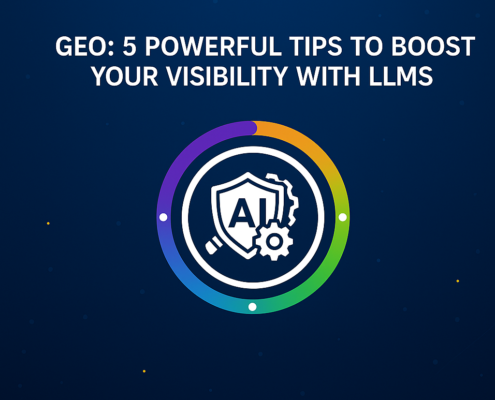
GEO: 5 powerful tips to boost your visibility with LLMs
/
0 Comments
Good news: adapting to GEO (Generative Engine Optimization) doesn’t…

GEO (Generative Engine Optimization): what is it?
We increasingly hear people saying that “SEO is dead, long…

NotebookLM and its alternatives: information retrieval at the heart of business needs
NotebookLM, Microsoft AI Search, RAG… these are names I keep…
